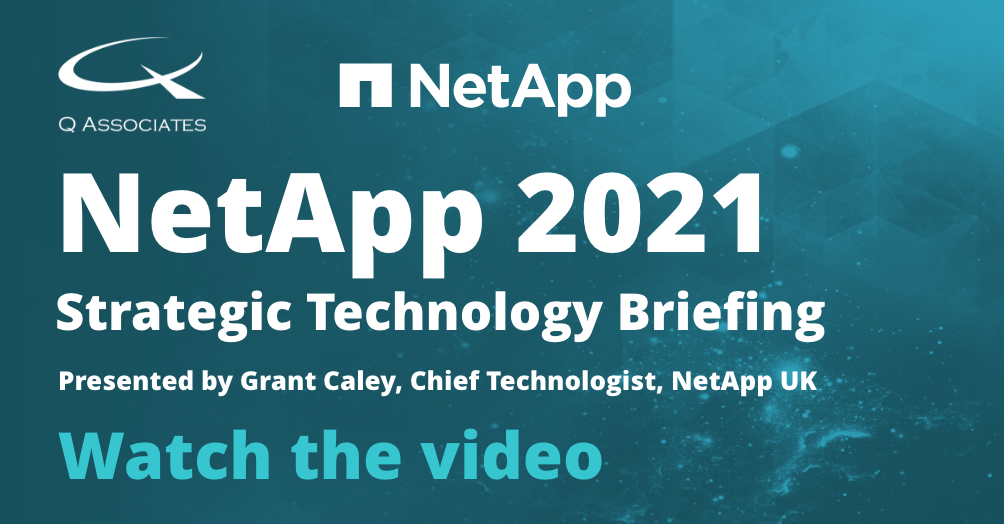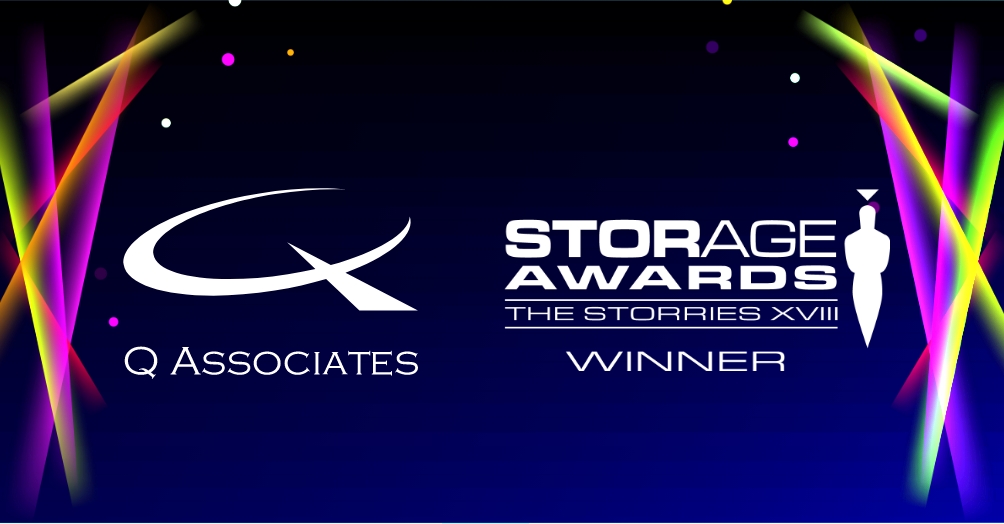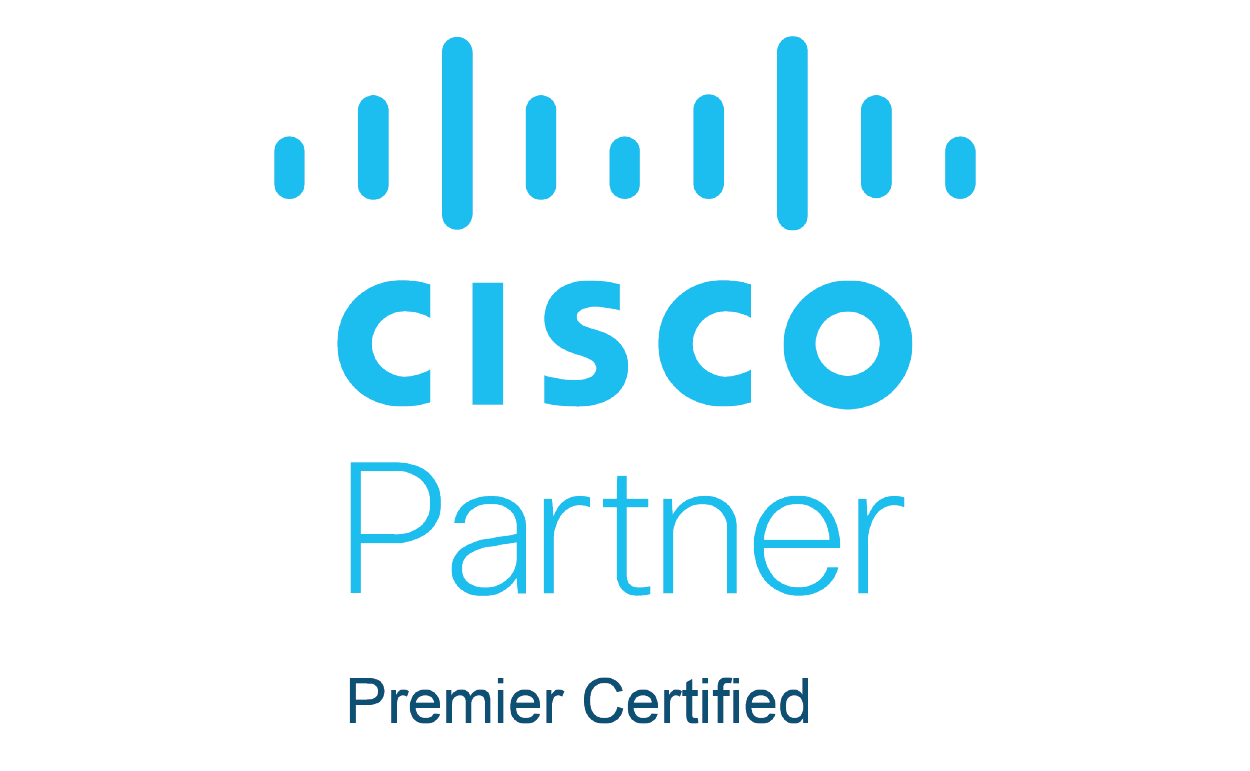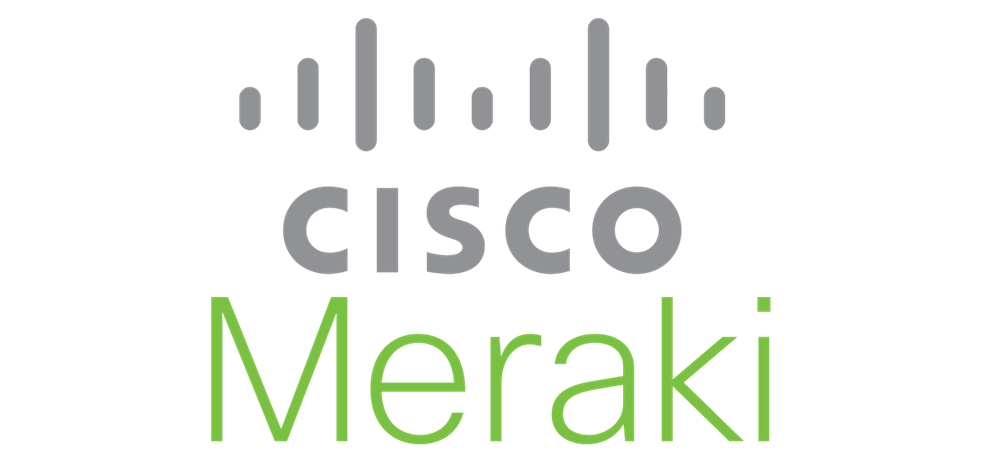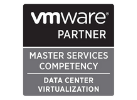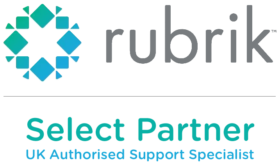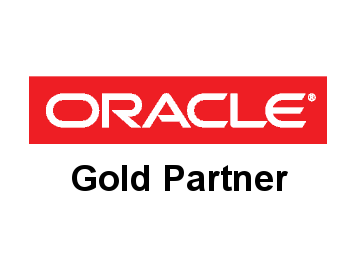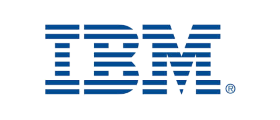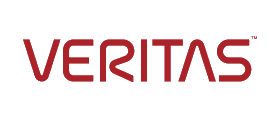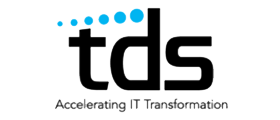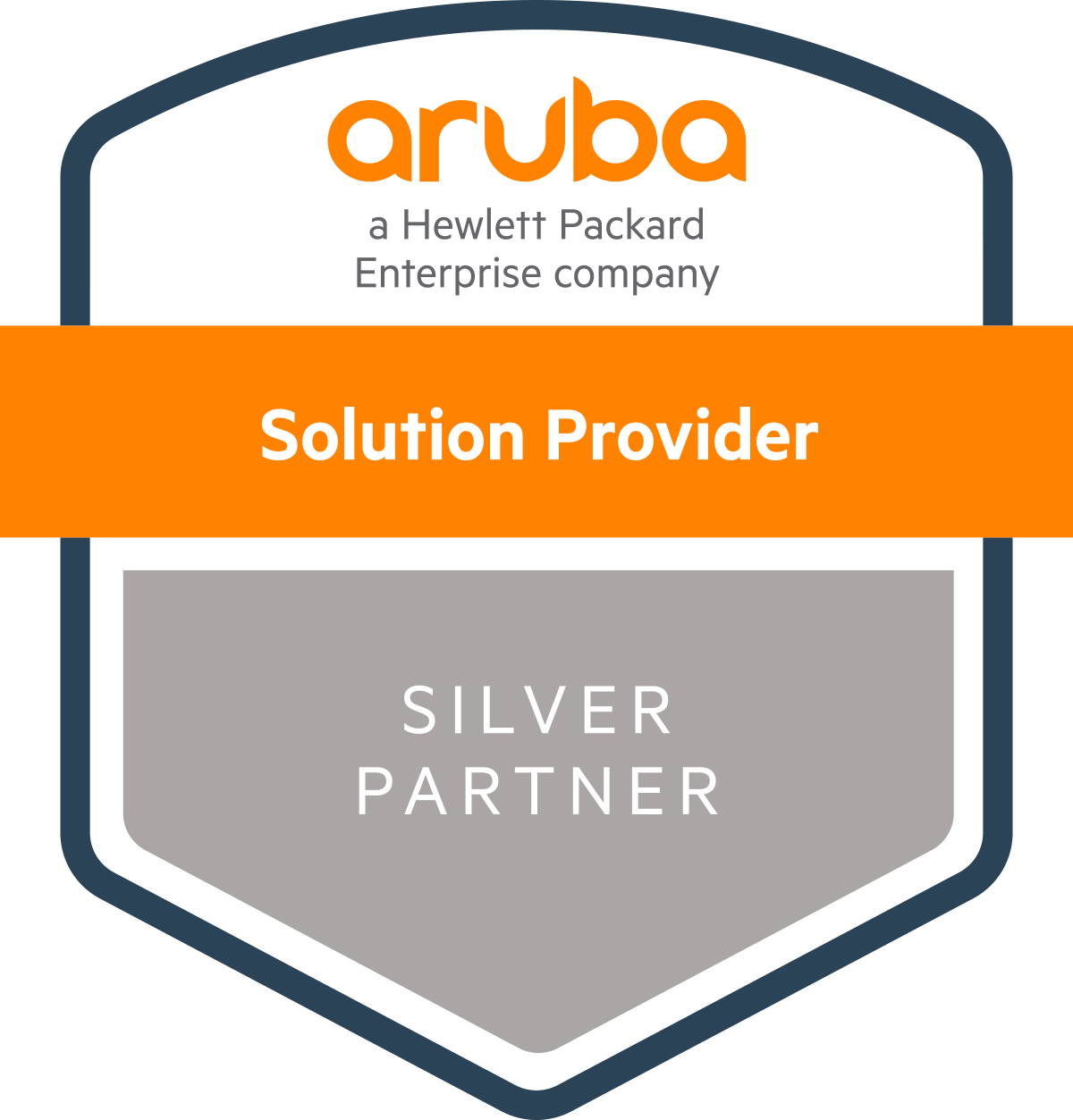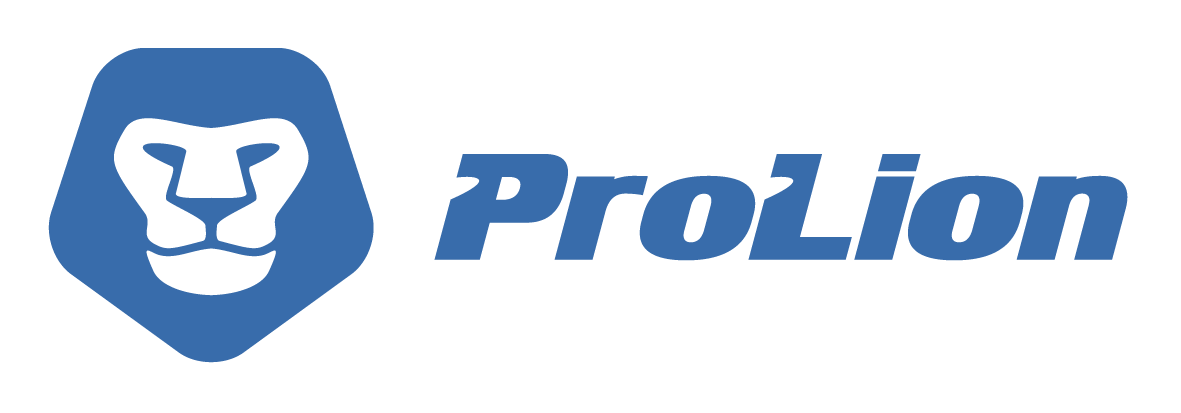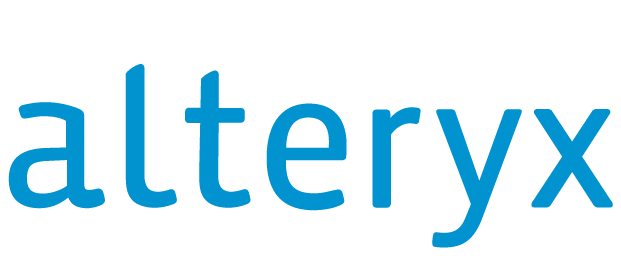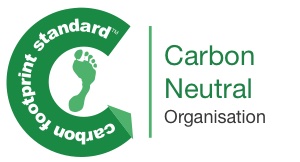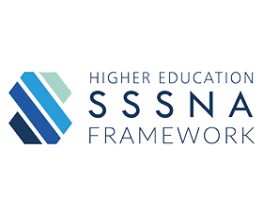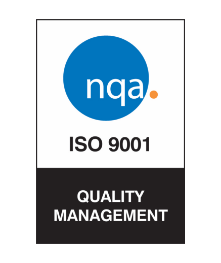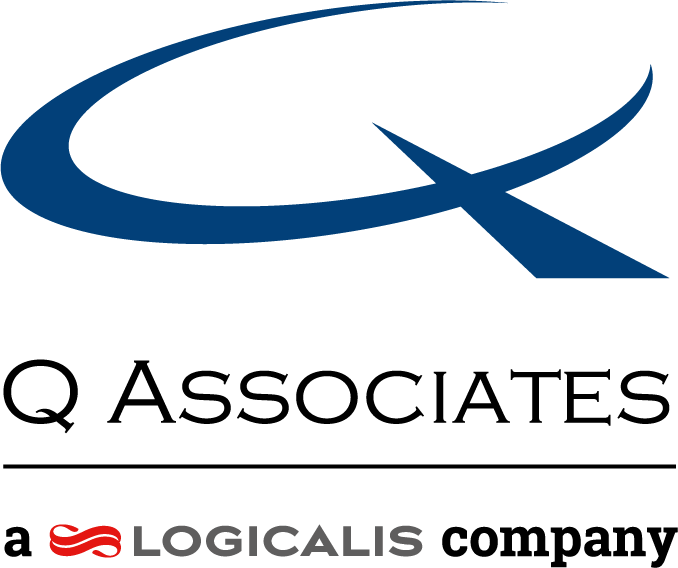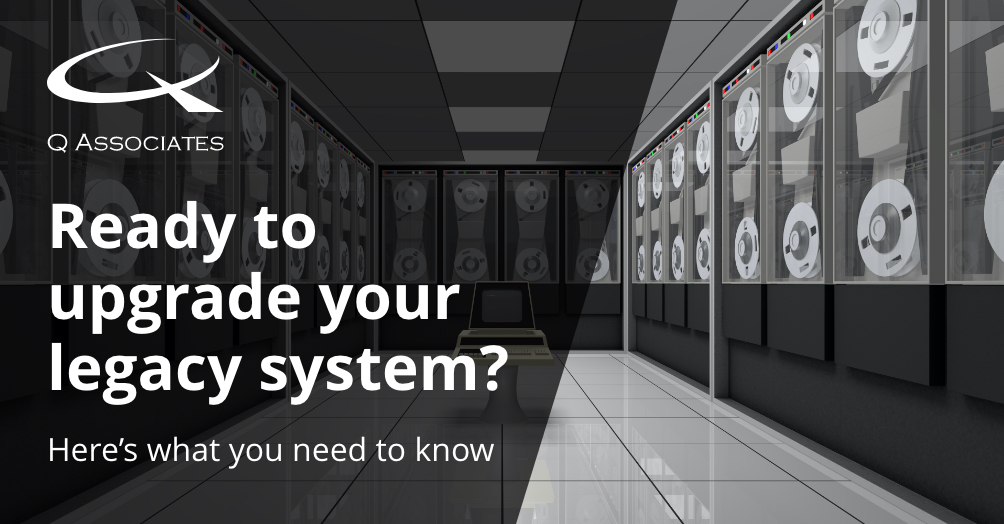
Ready to upgrade your legacy system? Here’s what you need to know
May 26, 2021
As new IT challenges rise, so do new systems capable of providing you with the infrastructure you need to adapt your operations and keep your business running.
Technology is innovating all the time, creating new opportunities for forward-thinking businesses to upgrade their systems with enhanced features and functionalities.
Throughout 2020, most organisations will have been looking at their IT through the lens of the global health crisis — and rightly so, as stay-at-home directives and health and safety concerns took centre stage. Now, with the UK continuing down its roadmap out of the pandemic, organisations are once again in a position where they can make longer-term, strategic decisions in regards to their systems and how well they serve their business needs.
What they are finding is that their system’s capabilities no longer match up with the IT demands of the business. Emerging trends around hybrid working and seamless experiences are fundamentally shifting the way we’re all working. Like you, they’ve identified an IT system upgrade as a key part of the solution to these new challenges.
“As offices become touchdown spaces, technology should be an enabler of positive change through elements such as smart desk occupancy management, visitor management, contactless staff sign, online and offline visibility and crucially – the employer duty of care. Technology can be used to adapt to new ways of working and employee expectations in order to foster this culture.” ‘Hybrid working: the future of work’, TechRadar
But upgrading an IT system is easier said than done, especially when it’s a legacy system. What do we mean by a ‘legacy’ system, what are the challenges you may face when upgrading one, and how could upgrading yours give your organisation the competitive edge?

What is a legacy system?
In a nutshell, a legacy system is an old technology or computer system now considered outdated. Often, they’re inherited from a previous owner. By their definition, legacy systems include a lack of functionality (or indeed the opposite — the overcomplexity of what should be simple functions) and the inability to integrate it with other systems.
Since employees will be used to working in a certain way, legacy infrastructure can be tough to part with. Often in these cases, staff may have been using the same system in much the same way for several years. This is especially true if alternative solutions put forward by IT haven’t been thoroughly planned out or supported with a robust plan for implementation.
But change comes, whether we like it or not, and the inability to adapt is what leads many organisations to fall behind — both in the eyes of their customers and their employees. As organisations undergo the shift to more flexible working models, the legacy system’s inability to support this is what will turn it from an exciting opportunity to a source of disruption.
Problems with legacy systems
The recent emergence of hybrid working is a clear example of a new demand on many organisations’ IT systems. After a year of remote working, growing numbers of employees want the freedom to work from home and the office. Being able to meet this demand offers organisations many benefits. According to recent research published by the Chartered Institute of Personnel and Development, 71% of firms reported no loss of productivity during a year in lockdown, while a third even saw an increase. Flexible working can help employees live more balanced lives. And it will be key to retaining — and attracting — talent.
“Companies in major cities can hire talent from underrepresented groups that may not have the means or desire to move to a big city. And in smaller cities, companies will now have access to talent that may have a different set of skills than they had before.” Karin Kimbrough, Chief Economist, LinkedIn
But it is unlikely that a legacy system will support the tools and platforms needed to make this a reality. Nor can the organisation leverage the same processes it relied on over the course of the national lockdowns to support a fully remote workforce. A new IT system is needed to provide this infrastructure and enable this change across the organisation.
As this example shows, it’s essential that you are able to move forward with new technology to support and drive future business growth as your priorities change and your needs evolve.

The challenge of replacing existing legacy systems
Q Associates’ recent independent IT survey results revealed that upgrading legacy technology solutions is one of the top five major challenges for IT leaders and technology teams. But why is upgrading a legacy solution so difficult? Let’s take a closer look.
Technical expertise
A system upgrade is a technically challenging process, particularly if the organisation in question is a large enterprise or already operates multiple complex systems. By its very nature, the system will often touch on multiple business areas and processes, even if those integrations have only been set up manually. As a result, it’s very important that organisations invest in the right kind of technical support, such as a specialist provider with extensive experience designing and delivering system upgrades for organisations like yours.
The human element
Beyond the technical complexity involved in upgrading an IT system, getting users on board rarely happens overnight. As we’ve already touched on, people don’t like change. Therefore, the further in advance you can introduce the idea of a new system to employees and highlight the benefits, the more likely you are to have a healthy adoption.
Internal disruption
Similarly, a system upgrade often involves the migration from one system to the next. Depending on the timeframes involved, this can take months, so looking at ways to minimise disruption and improve the user experience while the transformation is taking place is crucial to a smooth rollout and the project success. Could the systems be integrated, offering users the ability to operate from one or the other seamlessly while the migration takes place?
What to consider when replacing your existing legacy IT system
Begin by creating a thorough plan for replacing your legacy system. Here, you should map out what the new system will look like, how it will work, and detail your contingency plan for while the work is being carried out. What are the new business needs driving the system upgrade and what tools or features will the new system need to enable them?
At this stage, you should also ensure you allocate sufficient IT resources to carry you through this period to prevent hiccups and minimise disruption. Are there additional resources you can hire or staff you can reallocate should the need arise?
“We are embracing the technology of connectivity more than ever before, making investments in the right digital tools to ensure that our people can work productively from anywhere.” Jacky Simmonds, Chief People Officer, Experian
When looking at the specifics of the project in more detail, it’s worth considering whether data migration is necessary at this stage — as this could significantly lengthen the timeline to project completion. Migrating your data will also require you to implement additional backup and security steps to ensure your information is protected while it is moved across.
Overall, taking steps to avoid significant downtime throughout the process of upgrading your IT systems will help the project run more smoothly, saving unnecessary time and cost. It’s also worth factoring in additional time to fully embed the new system into your company and allow employees to familiarise themselves with it.
Related Read: Can Your IT Infrastructure Handle the Challenges of AI?

How we can help
Without enough time, resources, and expertise, replacing your legacy IT systems yourself can be a challenge. At Q Associates, we specialise in helping our customers to upgrade their legacy infrastructure systems around their unique business needs and challenges.
We work alongside some of the world’s most innovative technology providers to design, deliver, and support our customers’ critical IT service platforms across desktops, data centres and clouds, but it is our people who set us apart. With individually certified and accredited technical consultants, our experts are on hand and here to help remove your IT complexity, enable digital transformation and help you meet the ever-evolving demands of your business.
The future of work is here. Don’t let a legacy IT system be the thing that holds your organisation back. We’re proud of the work we do in helping our customers to future-proof their systems and would love to discuss your strategic IT priorities with you in more detail.
To find out more about upgrading your organisation’s legacy system, get in touch today.
Get In Touch
Contact Q Associates today if you have any questions or would like to discuss your IT requirements in more detail.
Tel: 01635 248181
Email: Info@qassociates.co.uk
Donna Robinson



